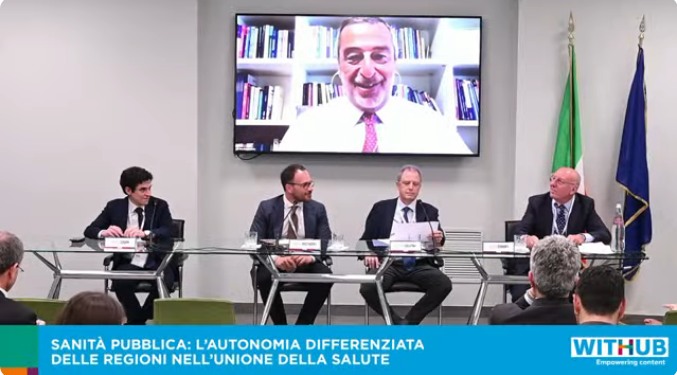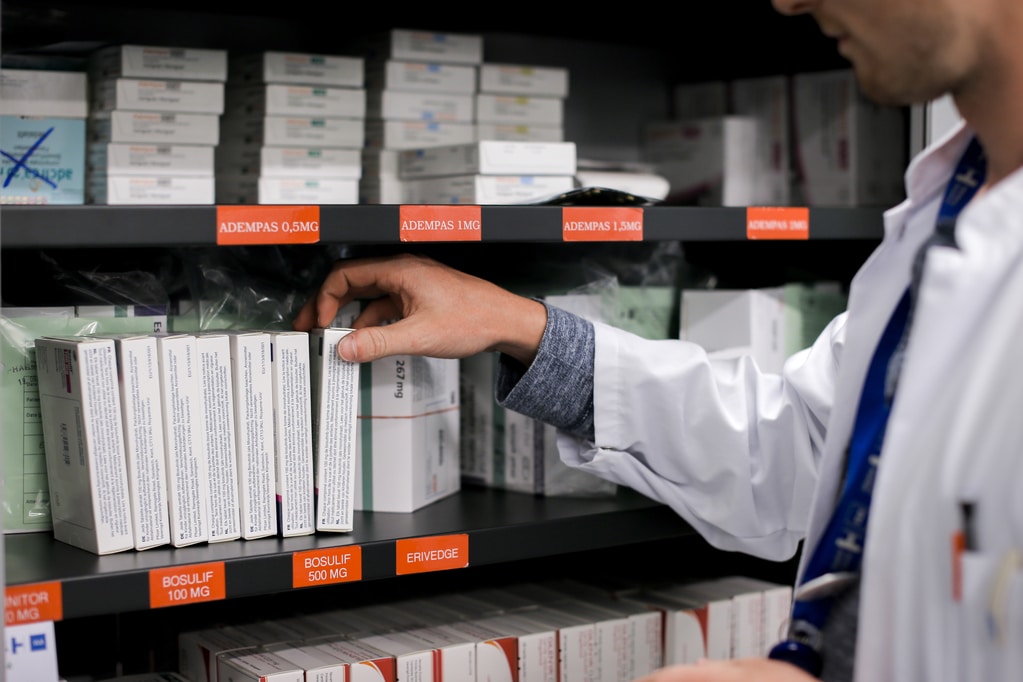Brussels – The Europe of health and healthcare is lagging, and in this Europe, Italy is struggling the most: little money, less and less competitiveness, and an industry that needs to be redesigned. The challenges are shared, and the problems are everyone’s. We all need to work together on what will likely be “the issue” in the near future. Critical issues were highlighted at the “Public Health: The Differentiated Autonomy of Regions in the Health Union” event by Withub.
The European Parliament has approved the pharmaceutical reform proposal, which has operators arguing. “The pharmaceutical legislation was a black day for patients and companies because the legislation as voted by the European Parliament penalises innovation,” criticises Onofrio Mastandrea, regional vice president and general manager of Incyte Italy, who is concerned about a Europe in a bind: “Today out of ten patents five are from the U.S., three come from China and only two are European.” According to Mastandrea, this figure highlights the inefficiency of the EU’s response, given that “the Covid experience has taught us very well what the competencies are and that country systems must give the response priority.”
The problem is that Italy needs to rethink its country system. “In a country that is not growing, with €80-90 billion of tax evasion every year, either new policies are put into practice, or we’ll remain the Cinderella of Europe,” warns Nino Cartabellotta, president of Gimbe Foundation, who asks politics not to touch the national health system. “In health care, differentiated autonomy risks widening the gap between regions,” which is why “we have asked for health care to be removed from the list of areas of greater autonomy [for the regions] because otherwise, it would give the coup de grace to a national health care system that is already in bad shape.”
Fighting evasion to revitalise primary public health care seems the right recipe, at least for Italy. So hints Stefano Collatina, president of Egualia. “With Covid, we saw that we had no masks, no technological products,” he stresses. In a country like Italy, with high levels of debt and little research, “if we don’t take advantage of competition and the possibility of using the equivalent products, we throw money away.” If Egualia’s president espouses Cartabellotta’s argument, he departs from Mastandrea’s view. “It is not fair to say that the legislation is the black day for the patient. The new legislation focuses more on the patient than the industry, and the industry’s problems are not solved that way.” Because, he explains, we need a market that either isn’t there or needs to be revitalised. As the European Union, “we have to defend ourselves from the avalanche of money that the United States and China are putting into the industry and defend ourselves from competition”, which is increasingly cutthroat.
Not only that. There is a problem with autonomy. “Since 2018, drug shortages have increased,” reports Thomas Osborn, area director of Health at I-Com. There is, for the European Union, “a need to understand which and how many medical ingredients suffer from a critical import rate.” At the current state, there are at least 24 ingredients, including two active ones, that have “more than 75 per cent import rate.” This implies that “if something happens in the exporting countries, we will be in a tough situation.” These data are “worrying,” he admits, reviving experimentation. “However, Europe has a structure to respond, especially in research and development.” Another aspect of health care that needs to be worked on.
English version by the Translation Service of Withub






![automotive [foto: ACEA]](https://www.eunews.it/wp-content/uploads/2021/09/auto.jpg)
